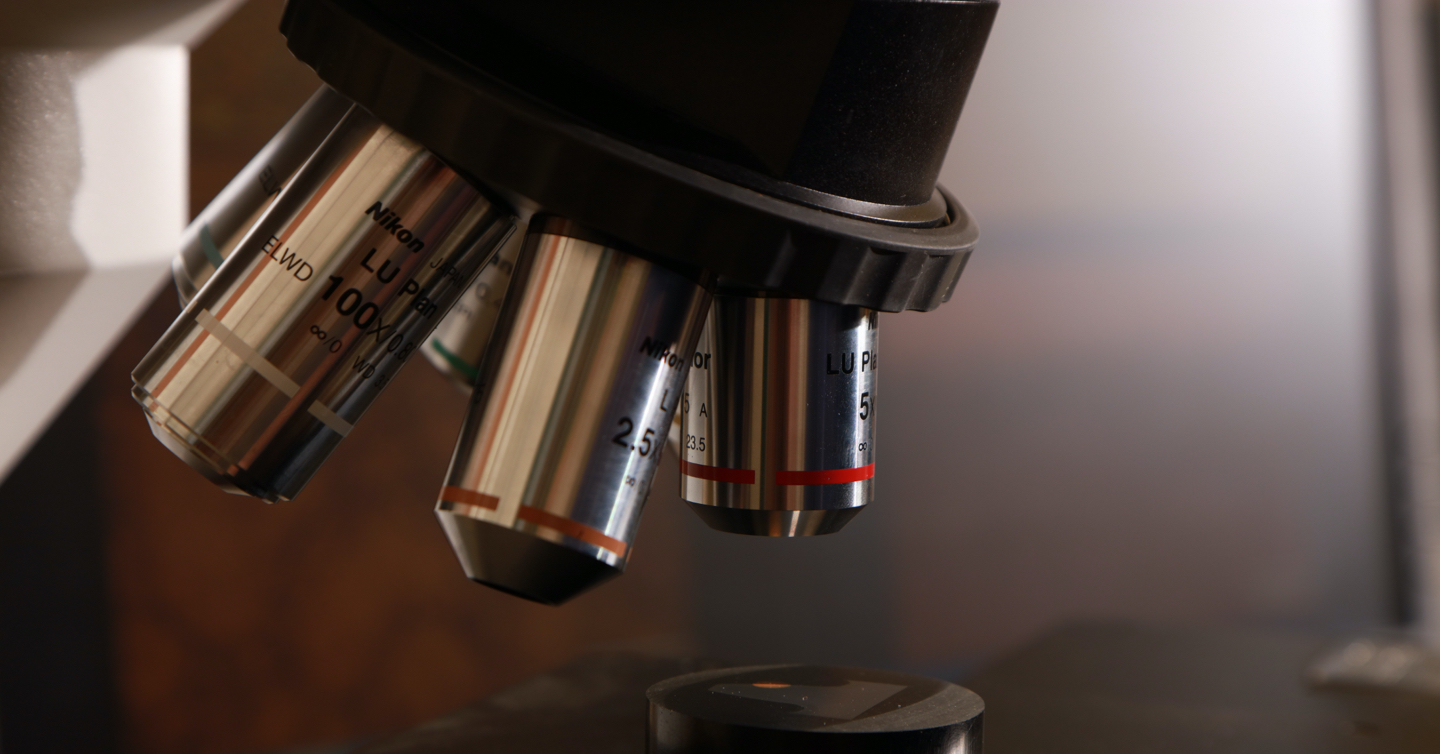Djurdja Vukajlovic
Chitosan-bioglass composites for applications in regenerative medicine.
Email: d.vukajlovic2@ncl.ac.uk
Project supervisors
Project description
Composite materials made of polymer and ceramic parts are of interest for use in regenerative medicine as bone implants. They imitate the structure of natural bone and benefit from the good properties of both parts. The composites take the form of porous scaffolds. These allow blood flow and cell proliferation. They lead to the formation of new bone on a defect site, while they degrade over time.
Polymeric parts currently use collagen. It comes from bovine and porcine sources. Thus, it can cause allergic reactions and pathogen transmission. Chitosan is an alternative to collagen. It is produced from chitin found in exoskeletons of shrimps, crabs and lobsters, and it is waste in the seafood industry. Hence, the use of chitosan is beneficial for the environment.
Bioglasses promote new bone formation, and they have high strength and antibacterial properties. The addition of chitosan overcomes their drawbacks, such as brittleness and rapid degradation.
Bone regeneration materials currently available are only useful for low load-bearing applications. This is because of their poor mechanical properties. This project will develop materials for use in high load-bearing sites.
Publications
- Vukajlovic Dj, Parker J, Bretcanu O, Novakovic K. Chitosan based polymer/bioglass composites for tissue engineering applications. Materials Science and Engineering: C 2019, 96, 955-967.
- Vukajlovic D, Bretcanu O, Parker J, Novakovic K. Fluorescence, mechanical and swelling properties of chitosan-genipin and chitosan-genipin-PVP hydrogels. In: 4th International Conference on Biomedical Polymers and Polymeric Biomaterials (ISBPPB 2018). 2018, Krakow, Poland: International Society for Biomedical Polymers and Polymeric Biomaterials.
Qualifications
- MSc in Ceramic Materials (University of Belgrade)
- BSc in Material Science (University of Belgrade)
